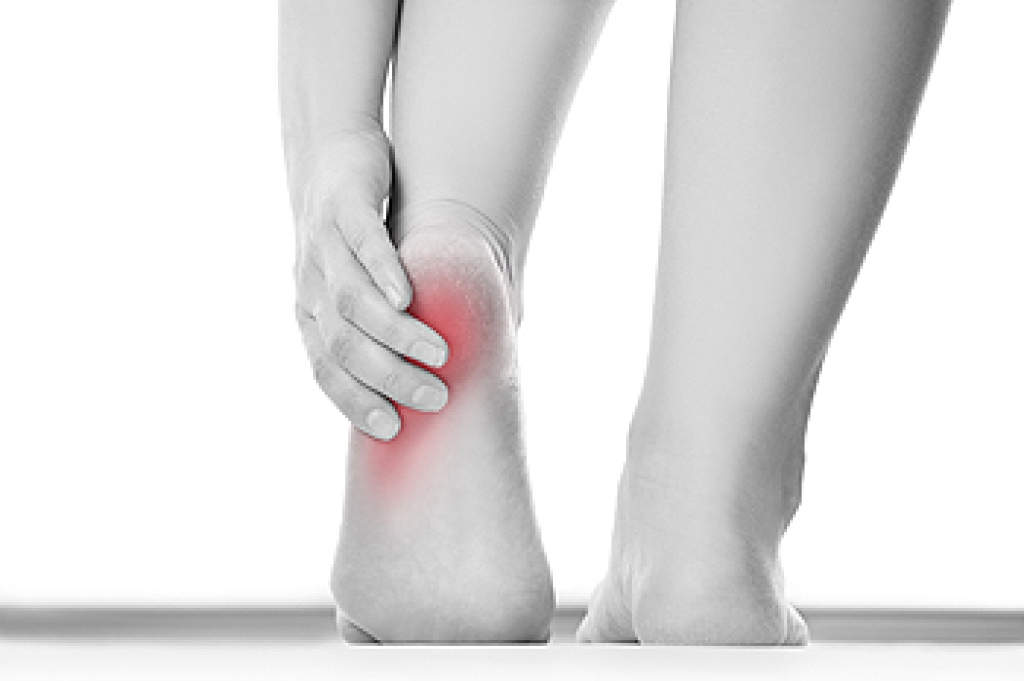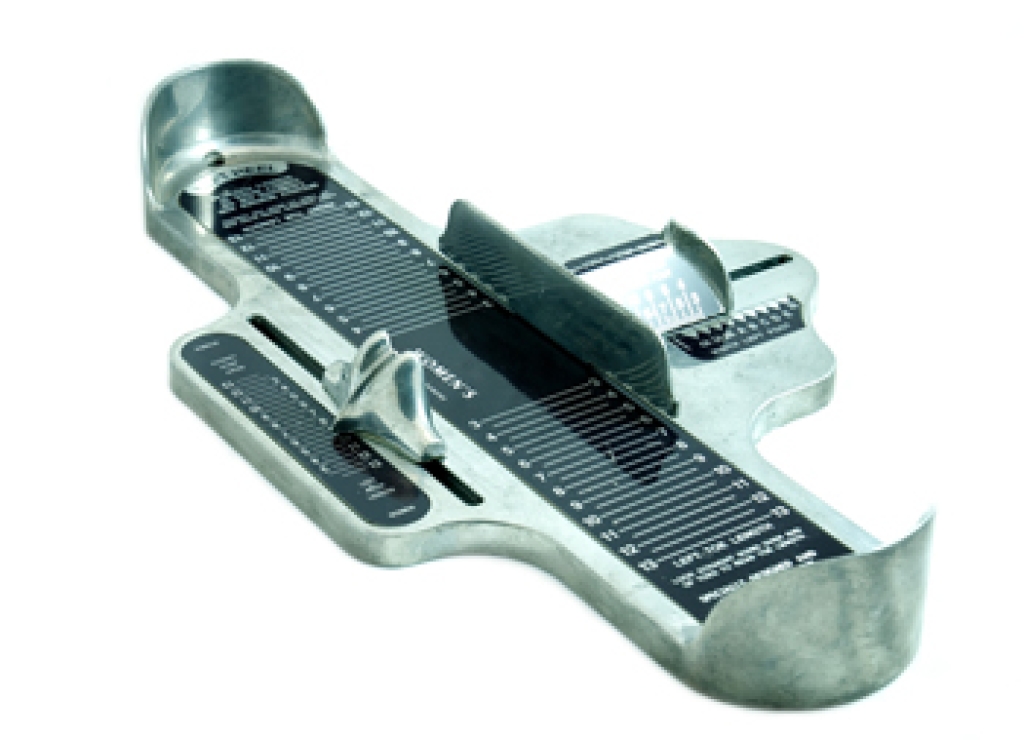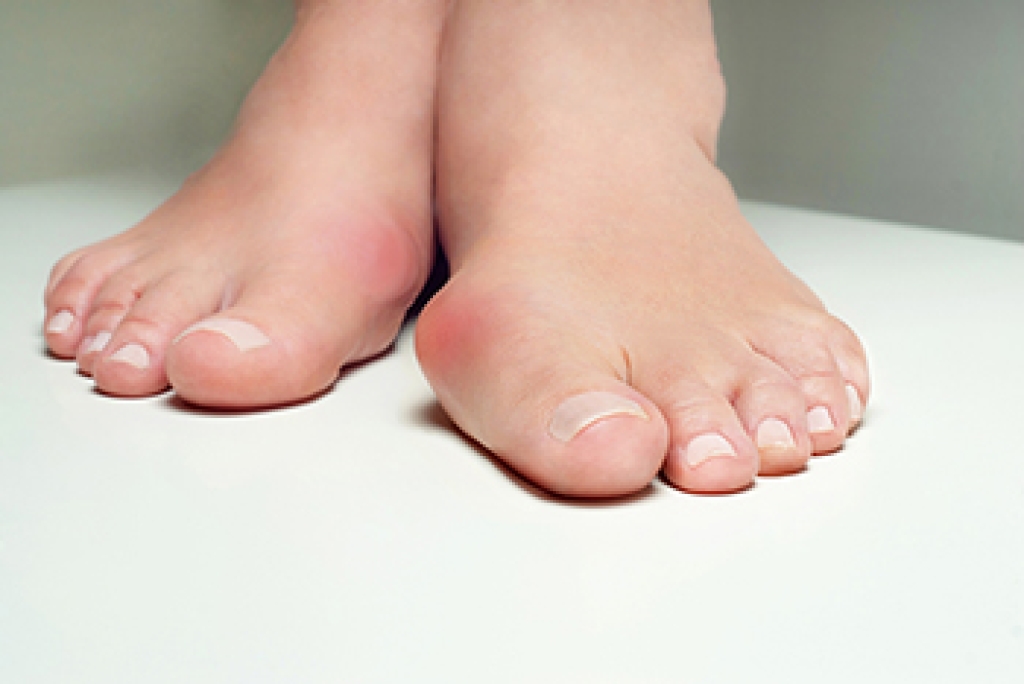A bursa sac is a fluid-filled membrane that cushions and reduces friction between bones and tendons, as well as between muscles and joints. There are bursae throughout the body. The bursa sac at the back of the foot (behind the ankle) is meant to cushion and reduce friction between the Achilles tendon and the heel bone. By not warming up properly, doing repetitive movements with your ankle, or overusing the heel during physical activities, you may cause this bursa to become irritated. This condition, known as bursitis of the heel, can also be brought on by certain forms of arthritis or direct impact injuries. Symptoms may include heel pain, inflammation, stiffness, redness and warmth in the bursa area, as well as decreased motion in the ankle. If you are experiencing these symptoms, it is wise to make an appointment with a podiatrist. This form of bursitis can be treated with various conservative therapies such as resting, icing, therapeutic ultrasound, anti-inflammatory medicine, physical therapy, custom orthotics, and changes in footwear.
Many people suffer from bouts of heel pain. For more information, contact Andrew Katz, DPM of Allcare Foothealth Center. Our doctor can provide the care you need to keep you pain-free and on your feet.
Causes of Heel Pain
Heel pain is often associated with plantar fasciitis. The plantar fascia is a band of tissues that extends along the bottom of the foot. A rip or tear in this ligament can cause inflammation of the tissue.
Achilles tendonitis is another cause of heel pain. Inflammation of the Achilles tendon will cause pain from fractures and muscle tearing. Lack of flexibility is also another symptom.
Heel spurs are another cause of pain. When the tissues of the plantar fascia undergo a great deal of stress, it can lead to ligament separation from the heel bone, causing heel spurs.
Why Might Heel Pain Occur?
- Wearing ill-fitting shoes
- Wearing non-supportive shoes
- Weight change
- Excessive running
Treatments
Heel pain should be treated as soon as possible for immediate results. Keeping your feet in a stress-free environment will help. If you suffer from Achilles tendonitis or plantar fasciitis, applying ice will reduce the swelling. Stretching before an exercise like running will help the muscles. Using all these tips will help make heel pain a condition of the past.
If you have any questions, please feel free to contact our office located in Palmdale, CA . We offer the newest diagnostic and treatment technologies for all your foot care needs.





